From Operations to Strategy:
The Renewable Asset Manager's Journey.
March 10, 2022 | Alain Brisebois
It’s no secret to anyone, financing renewable projects isn't as easy as it used to be.
Traditionally, you sold your MWs in advance for a 25-year period at a fixed price. That allowed you to attain debt financing for the project. You then added a tax equity partner that provided upfront capital in exchange for the tax benefits and future cash distributions. Simple leveraging to boost the project's IRR and a nice alternative to traditional fixed-income, especially in a low rate environment.
Technology improvements, subsidies, low fuel costs (okay, maybe not today but you get the picture) all contributed to a systemic decline in wholesale electricity prices over the past 20 years. That trend made off-takers pretty reluctant to sign long-term PPAs again. Current tenors for hedges and offtakes are much shorter.
Given the increased equity needed to get the projects on the road with shorter-term offtake, tax equity became very important for project leverage and created the methodology of building assets in silos. One project corresponded to one tax equity partner (TEP), where the TEP required an offtake agreement, given the TEP’s general aversity to risk (after all, these are viewed as fixed-income alternatives!). With an enormous influx of capital spending mandates in pursuit of ESG initiatives and continued extension of tax credits, the momentum behind renewable development has continued to build.
Now the rush for “golden” offtake is officially on, and busbar PPAs (often fixed-shaped) are signed left and right without considering the impacts of all those intermittent assets on the grid. These PPA structures have created a false sense of security, seemingly eliminating the commodity price risk … if only they knew two key risks remain: volumetric and basis risk.
This all became very apparent in Texas during Winter Storm Uri, as those misunderstood risks created a $3 billion shortfall payment situation due to asset owner defaults still being addressed to this date. This topic has been on the forefront of every conversation about ERCOT, just as if the Toronto Maple Leafs had won the Stanley Cup....
You now get the bigger picture. Asset owners are left with a fleet of assets individually siloed from one another without a simple financial contract to hedge their exposure and solve their problem. Everyone faces the same issue: they want to unwind their offtake or reshape their hedges and manage their basis risks, but tax equity doesn't want to operate in a merchant environment (even though they already face extreme basis risk most of the time as shown in the below picture).
It has become apparent that the involvement of asset owners in actively managing their fleet is required to mitigate the risks posed to their portfolio, and goes beyond the scope of traditional asset management deals priced on a fixed price per MWh fee.
The solution is for asset owners to strategically manage the aggregate share of their project's exposure as a portfolio, not silos. But the road to get there isn't easy as it requires significant investment, time, and a culture shift.
As we digest our week at the Infocast Wind and Solar conference in Scottsdale, we had dozens of conversations around this topic. We feel a drastic change is needed in the way things have been done and as everyone fights for basis points for their IRR, it is pretty clear that traditional solutions are insufficient.
If we didn't have the chance to discuss our active asset management solutions in Scottsdale, reach out to us. We have a turnkey, C-Suite friendly solution for asset owners to take control of their assets and limit the unwanted risks they are currently facing.
We should talk before it's 100F in Texas where the wind isn't blowing!





